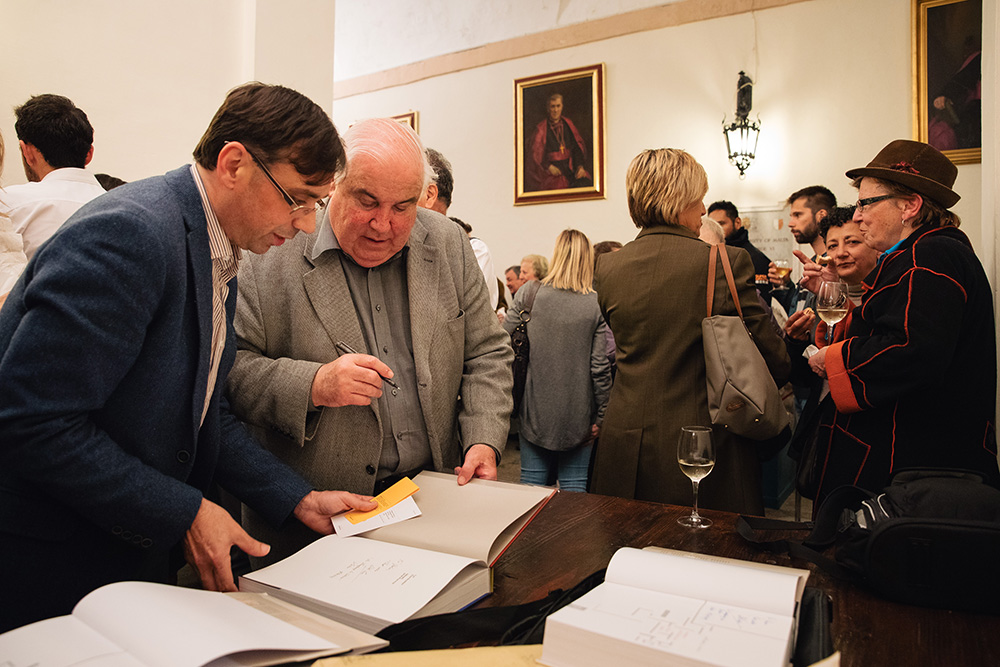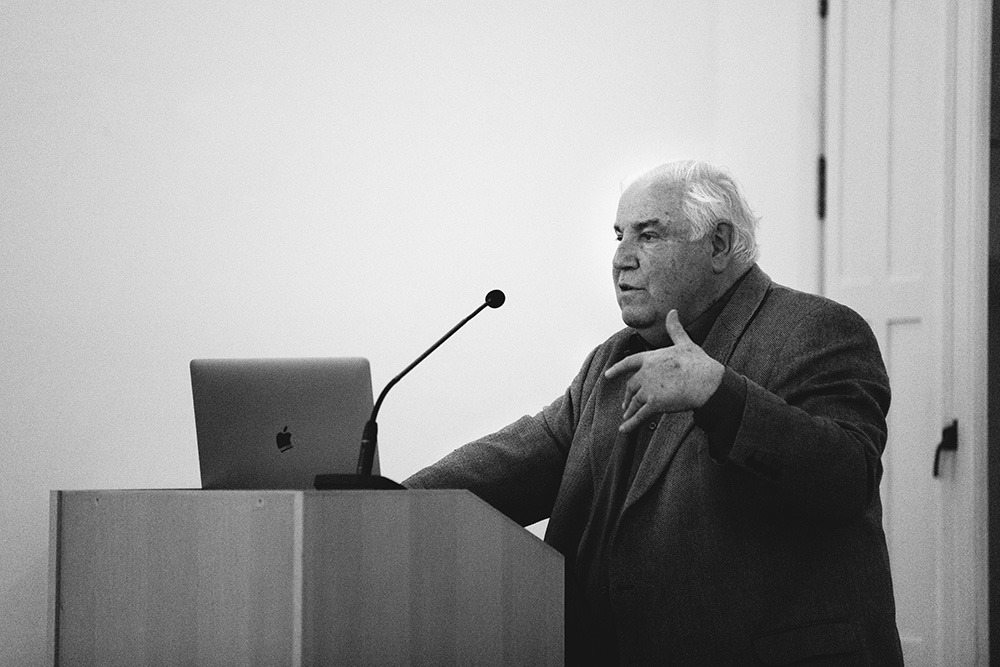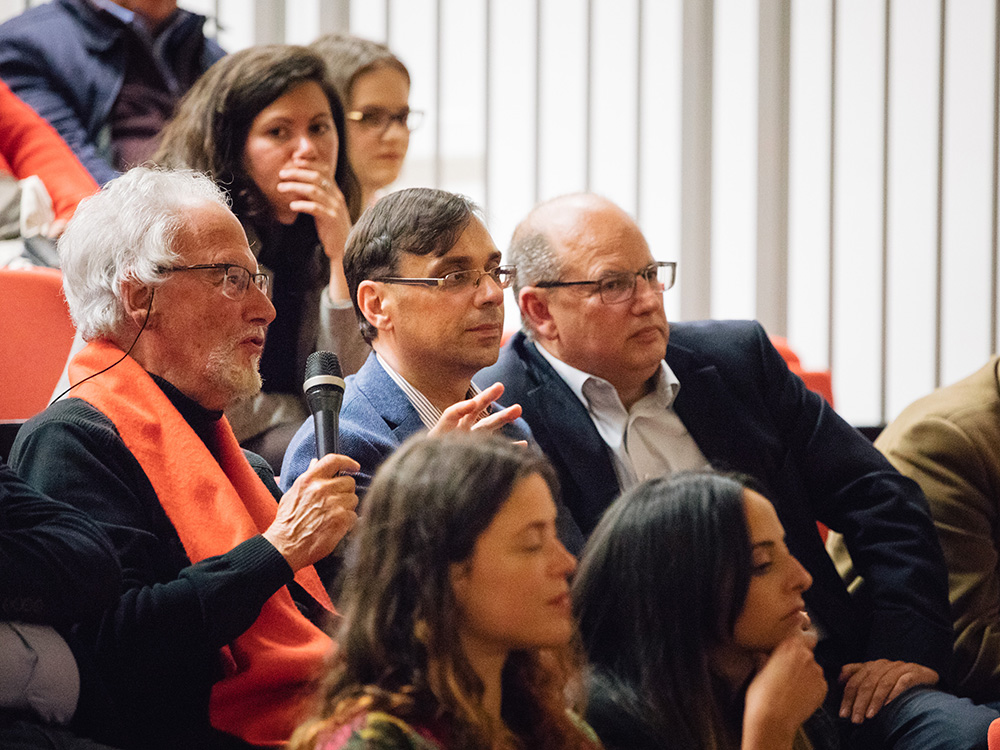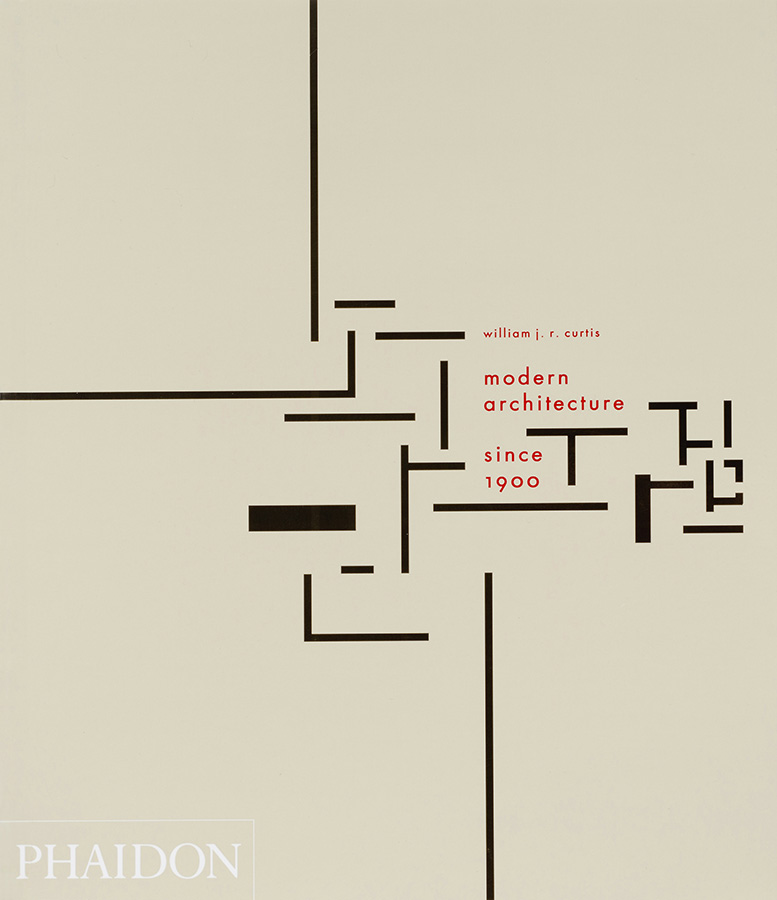ARCHITECTURE ALIVE PRESENTS WILLIAM J.R CURTIS, 17.04.2019

© Ramon Portelli – www.rportelli.com 
© Ramon Portelli – www.rportelli.com 
© Ramon Portelli – www.rportelli.com 
© Ramon Portelli – www.rportelli.com 
© Ramon Portelli – www.rportelli.com
- Venue: University of Malta, Valletta Campus
- Date: Wednesday 17 April 2019
- Doors: 6:00pm
- Talk: 6:30pm
- Drinks until: 9:00pm
WILLIAM J.R CURTIS
William J. R. Curtis (Birchington-on Sea, England, 1948) is an award-winning historian, critic, writer, curator, painter and photographer. Educated at the Courtauld Institute, London (BA First Class Honours, 1970) and Harvard University (PhD, 1975), he has taught the history of architecture, theories of design and architectural studios at many universities around the world including Harvard University (Dept of Visual and Environmental Studies and Graduate School of Design), the Architectural Association and the University of Cambridge where he was Slade Professor of Fine Art (2003–4). He is committed to visual education in a broad sense and has developed an integrated approach considering the multiple forces that influence form and complexities of meaning. Over the years Curtis has taught at several other institutions including: Boston University, Wellesley College, the University of East Anglia, the University of New South Wales, the University of Queensland,Washington University in St Louis, ETSAB Barcelona, UNAM Mexico, the University of California in San Diego, the University of Illinois (Versailles), the Accademia, Mendrisio and the University of Ljubljana. He has also held numerous honorary and visiting posts and has lectured world wide
Curtis’s best known books include Modern Architecture Since 1900 (1st edition Phaidon 1982; 3rd edition, Phaidon, 1996) and Le Corbusier: Ideas and Forms (1st edition, Phaidon, 1986; fully revised 2nd edition, 2015), both widely translated and referred to as ‘classics’. His Balkrishna Doshi: an Architecture for India (Mapin, Rizzoli, 1988) won a Silver Medal at the Union International des Architectes Biennale of 1989 (Doshi, Pritzker 2018), while his Denys Lasdun: Architecture, City, Landscape (Phaidon,1994) was also published to critical acclaim. He considers that his ‘foundation work’ was the book: Le Corbusier at Work, The Genesis of the Carpenter Center for the Visual Arts, (ed Sekler, Harvard, 1978) which was written in 1971-2 and served as his Doctoral Thesis in Fine Arts at Harvard in 1975. He also stresses the importance of Le Corbusier/ English Architecture 1930s, (Open University, 1975) in establishing his methods and approaches to the writing of history, especially his interest in questions of meaning in architecture.
Curtis is a prolific author who has written dozens of other monographs and introductory texts, among others: A Language and a Theme: Denys Lasdun (RIBA, London, 1976) Boston Forty Years of Modern Architecture (Boston ICA, 1980); Fragments of Invention: the Sketchbooks of Le Corbusier (Architectural History Foundation, MIT, 1981); Raj Rewal: Architecture Moderne, Racines Indiennes (Moniteur, 1986); Le Corbusier: Architect of the Century (Arts Council, 1987); Modern Architecture, Mythical Landscapes and Ancient Ruins, (Soane Museum, 1997); Alvar Aalto in Seven Buildings, (Museum Finnish Architecture, 1998); Abstractions in Space: Tadao Ando, Ellsworth Kelly, Richard Serra (Pulitzer Foundation, 2001); Barcelona 1992-2004 (Gustavo Gili 2004); RCR Aranda , Pigem, Vilalta Arquitectes (Gustavo Gili, 2004); Alvar Aalto, Maison Louis Carré,(Alvar Aalto Academy, 2009); La estructura de las sombras/ The Structure of Shadows, Bell-Lloc, RCR Arquitectes (Fundacion Bunka, 2009); Anant Raje, Architect, (Tulika, 2012); Arab Contemporary, (Louisiana Museum DK, 2014); Teodoro Gonzalez de Leon: Obra Reunida/ Complete Works (Arquine, 2016); Le Corbusier Reconsidered, Chandigarh and Beyond, (Niyogi, 2017)..
Curtis has written seminal texts on Louis Kahn, Alvar Aalto, Frank Lloyd Wright, Mies van der Rohe, Alvaro Siza, Jorn Utzon, Alejandro de la Sota, Luis Barragan, Enrique del Moral, James Stirling and Edvard Ravnikar as well as over forty articles on Le Corbusier. His writings on Latin America, on post-colonial societies and so called ‘developing countries’ have been pioneering in the field. In addition he has published historical, critical and theoretical texts on subjects as varied as Alberti, Palladio, Australian Aboriginal spearthrowers, ancient Indian architecture, mud buildings of the Sahara (‘Type and Variation: Berber Collective Dwellings of the NW Sahara, Muqarnas, 1, 1983), architectural education, historiography, abstraction in painting and the meaning of photographs. He has published in the Journal of the Society of Architectural Historians, the Times Literary Supplement, Perspecta and the Harvard Architectural Review. Curtis also contributes regularly to international critical journals such as the Architectural Review, Architects Journal, Architectural Record, A +U, A + D, ARK, Arkitektur DK, Arquitectura Viva and El Croquis (monographs on Enric Miralles/Carme Pinos; Juan Navarro Baldeweg; Rafael Moneo; Alvaro Siza; Tadao Ando; Herzog & de Meuron; RCR Arquitectes etc). Over the years he has written several key articles on RCR Arquitectes (Pritzker 2017) such as ‘Dark Matter: the Musée Soulages, Rodez’ (Architectural Review, 2014) and ‘Themes and Variations’, (A + U, Japan, 2016) which was shortlisted for the CICA Critics Award in 2017. For a selection of Curtis’s critical texts: https://www.architectural-review.com/william-jr-curtis/1200745.contributor?cmd=GoToPage&val=1
Curtis also exhibits and publishes his own paintings and drawings (Mental Landscapes/ Mielen Maisemia, Museum of Finnish Architecture, 2000; Paisajes Mentales, Circulo de Bellas Artes, Madrid, 2002; Mental Landscapes, Carpenter Center for the Visual Arts, Harvard, 2004) and photographs (Structures of Light, Alvar Aalto Academy, 2007). In 2015 there was a major retrospective exhibition of his artistic production in the Palace of Carlos V in the Alhambra with the title Abstraccion y Luz/ Abstraction and Light. Drawings, Paintings, Photographs by William J.R. Curtis accompanied by a book of the same title with an Introduction by Alvaro Siza and diverse texts by others such as Juhani Pallasmaa, Juan Navarro Baldeweg, Eduard Sekler, AndrewMead, Andrej Hrausky and Juan Domingo Santos, as well as texts on abstraction, photography and the Alhambra by the author himself (Patronato Alhambra/Generalife and TF Editores, 2015). For projections accompanying this exhibition: http://pkk942.wix.com/williamcurtis
Curtis has served on several international juries and commissions over the years, for example: Festival of India ‘Vistara’, 1986; Aga Khan Award, 1986 (Technical Reviewer); Wolf Prize Jury, Israel, 1991; Shanghai Pudong Honorary Committee, 1992; Finland Builds, Jury, 1992; Consiglio Scientifico, Univ. Svizzera Italiana, Accademia, Mendrisio, 1995-7; Board of International Master’s Programme, Otaniemi Institute, Helsinki 1995-8; Museum of Human Evolution Jury, Burgos, 2000; Premio Regional de Arquitectura, Jury, Canaries, 2004; Port Tanger-Med Jury, Morocco 2005; Palais des Congrès Jury, Nancy 2007; Equerre d’Argent Jury, Paris 2007; Prix Midi-Pyrenées Jury, Toulouse 2007; Premio Andalucia de Arquitectura 2008; Centre d’Art La Cuisine, Nègrepelisse Jury, 2009; President of Jury, ASCER Ceramics Prize, Spain 2009 ; Architectural Association of Ireland, Jury, 2010; President of Jury, Piranesi Prize, Slovenia, 30th edition, 2012; Noble Koran Oasis Competition, Al-Madinah, Jury, 2014.
Among Curtis’s numerous awards: the Founder’s Award of the Society of Architectural Historians (USA) 1982 (for article ‘Ideas of Structure and the Structure of Ideas: Le Corbusier’s Pavillon Suisse, 1930-31, JSAH, 1981); the Alice Davis Hitchcock Medallion of the Society of Architectural Historians of Great Britain (1984) (for Modern Architecture Since 1900, 1st edition.,1982); Critics Award of the Comité Internationale des Critiques d’Architecture (CICA), 1985 (for ‘Principle versus Pastiche: Perspectives on Some Recent Classicisms’, Architectural Review, 1984); the Tau Sigma Delta National Honor Society Gold Medal in Architecture and Allied Arts, USA (1999) (for overall contributions to architecture); Historical Monograph Award, American Institute of Architects, 1997 (for Modern Architecture Since 1900, 3rd edition, 1996); a 50th Commemoration Medal of the Museum of Finnish Architecture (2006) (for world-wide contributions to architectural culture, Finnish architecture in particular); the Golden Award for Global Contribution in Architecture (CERA, A+D, India, 2014) (for global understanding of architecture, Indian in particular (ancient and modern), and for protecting modern architectural heritage in India). In 2017 the 2nd revised edition of Curtis’s book Le Corbusier: Ideas and Forms received a Citation for Excellence from the Bruno Zevi Book Award of the CICA. In June 2018 he was awarded a Premio Nazionale Selinunte 2018 for his work as historian, critic, artist and photographer. In October 2018 Curtis received an Honorary Doctorate of Design from the New School of Architecture, San Diego.
ON TRANSFORMING LE CORBUSIER: THE CONTINUING PRESENCE OF HIS CREATIVE UNIVERSE.
There is no single key to the enigmatic world of Le Corbusier. As well as being an architect and an urbanist, he was a painter, a sculptor, a writer and a designer of furniture. A founding father of modern architecture, he was constantly inspired by nature and tradition. Individual masterpieces such as the Villa Savoye at Poissy, the Chapel of Notre Dame-du-Haut at Ronchamp or the Parliament Building in Chandigarh , bear comparison with the works of any age. Le Corbusier’s buildings are timeless but of their time: they move us directly through their control of form, space, light, material and proportion, but they also crystallize a vision of the world. They are like constructed myths combining utopian visions for the future with reminiscences of an idealized past.
Le Corbusier is a figure of vast historical dimensions who presents multiple facets and identities. His works are but visible fragments of a much larger universe of ideas and forms. He altered the very ground rules of the architectural discipline and invested his creations with a universal tone. Each generation discovers something fresh in Le Corbusier’s examples and they are constantly being re-read and transformed in unexpected, even contrasting, ways. His individual examples and general precepts continue to inspire architects of many persuasions in places remote from the point of origin. Le Corbusier is still very present.
loading map - please wait...



